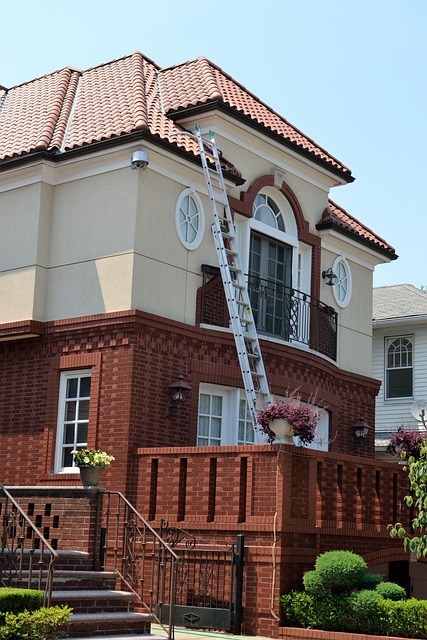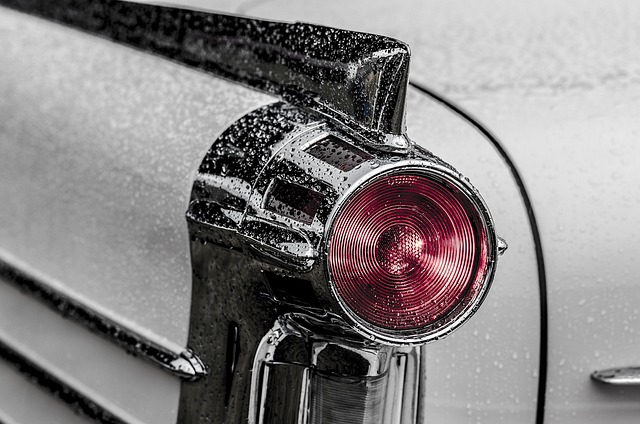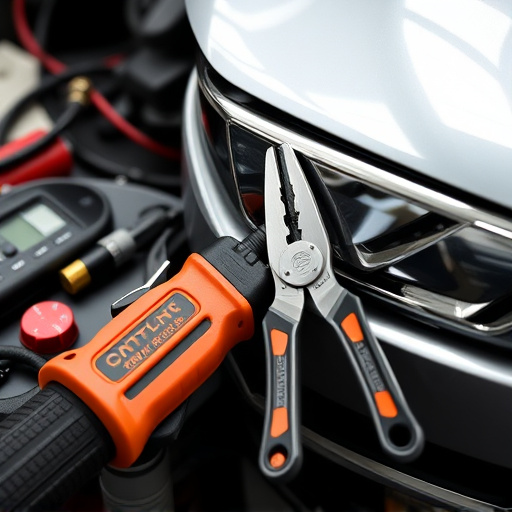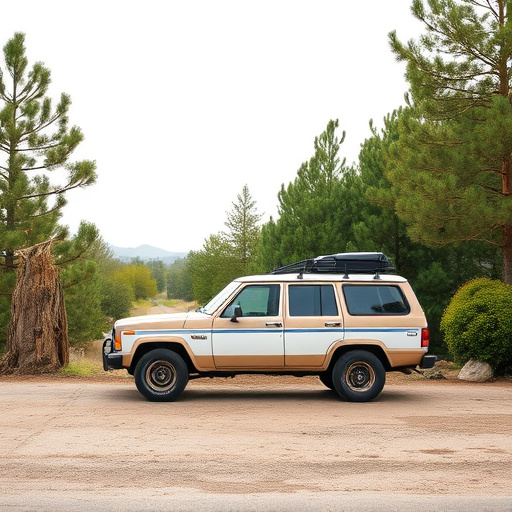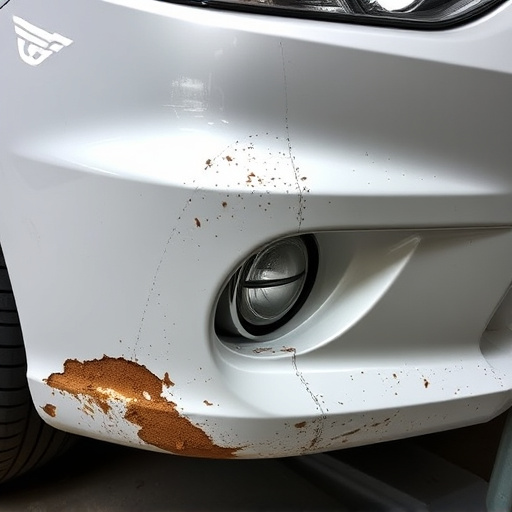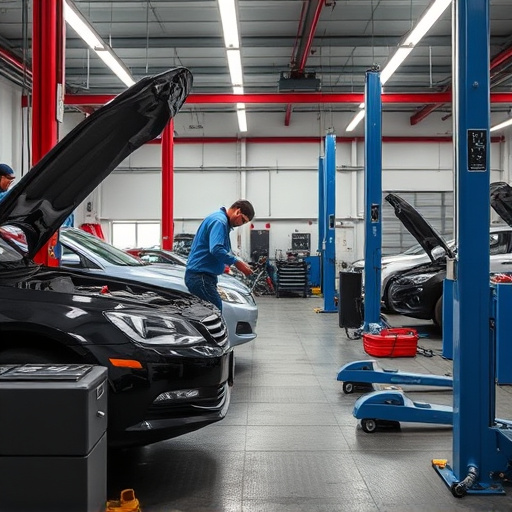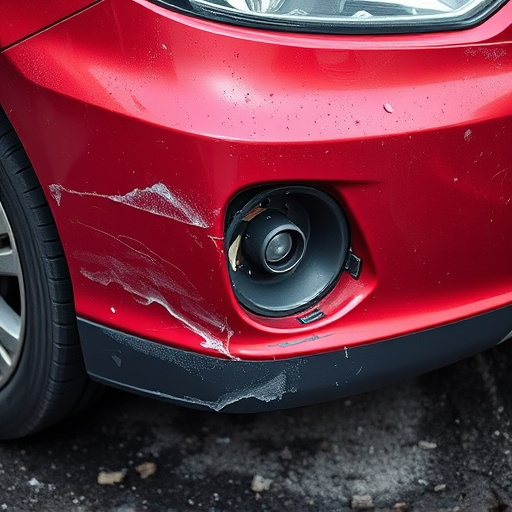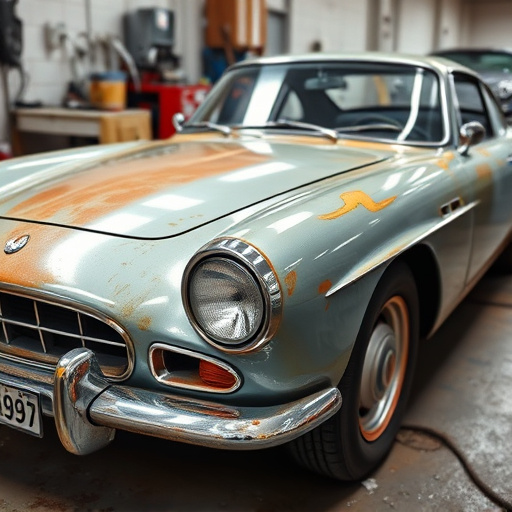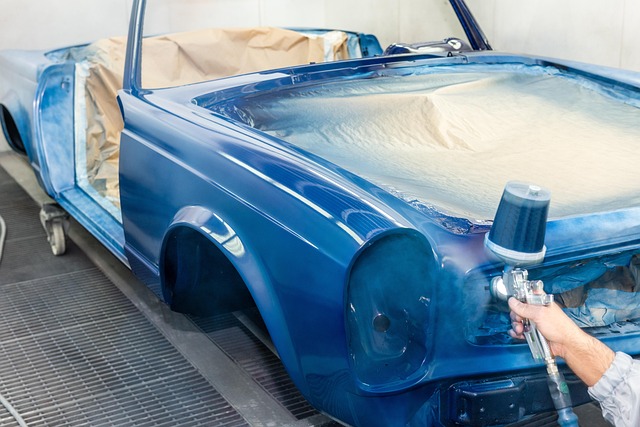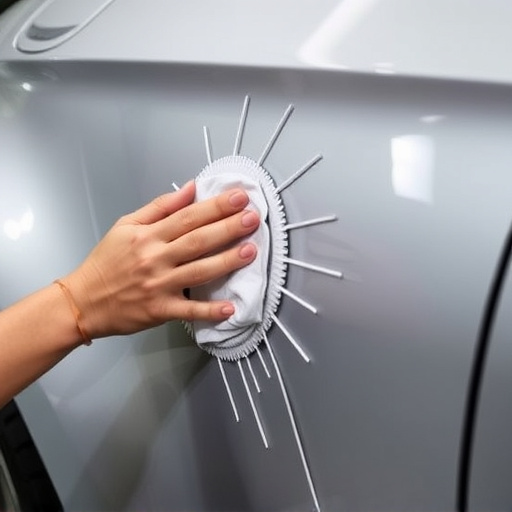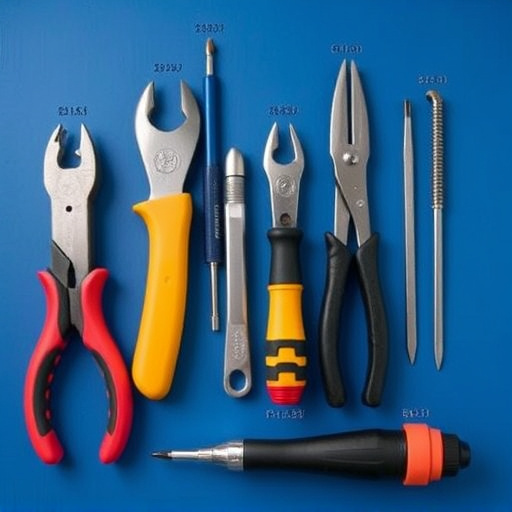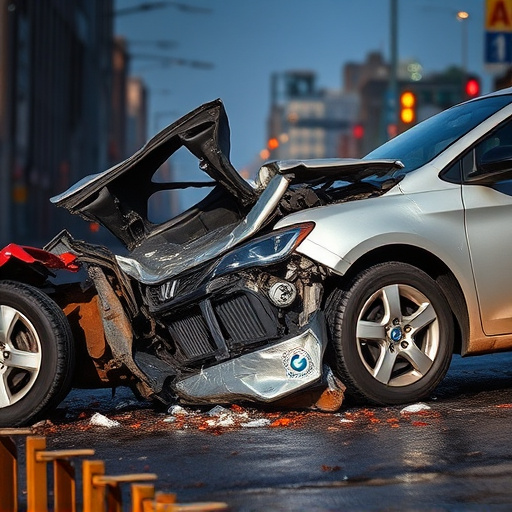Tesla accident repair standards emphasize precision using advanced welding and specialized adhesives for structural integrity and performance. Skilled technicians combine laser/robotic welding with EV-specific adhesives to meet rigorous brand criteria, ensuring safety, aesthetics, and reliable functionality in luxury vehicle restoration.
Tesla accident repair standards demand exceptional skill and precision. With advanced electric vehicle technology comes unique challenges, especially during repairs. This article delves into the critical aspects of achieving top-tier Tesla accident repair, focusing on advanced welding techniques and the strategic selection of adhesives tailored to electric vehicles’ specific needs. By exploring these key areas, we ensure safety, quality, and adherence to evolving Tesla repair standards.
- Advanced Welding Techniques for Tesla Repairs
- Choosing the Right Adhesives for Electric Vehicles
- Ensuring Safety and Quality in Accident Repair Standards
Advanced Welding Techniques for Tesla Repairs
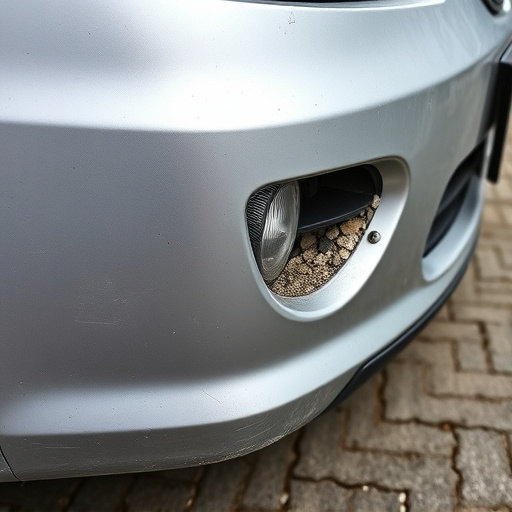
Tesla accident repair standards demand a level of precision and craftsmanship that sets them apart from conventional vehicle repairs. To meet these stringent standards, advanced welding techniques play a pivotal role in Tesla car body repair. Professionals skilled in these methods ensure that structural integrity is maintained while restoring the vehicle to its pre-accident condition.
Among the sophisticated welding practices employed are laser welding and robotic welding, which offer unparalleled accuracy and strength. These techniques allow for intricate joins, minimizing heat impact on sensitive components. Moreover, the use of advanced adhesives further enhances the repair process, providing a secure bond that rivals the original manufacturing quality. This combination of cutting-edge welding and adhesive technology is not unique to Tesla but reflects industry trends in modern car body repair, setting new benchmarks for safety and performance across all luxury vehicle brands, including Mercedes-Benz.
Choosing the Right Adhesives for Electric Vehicles
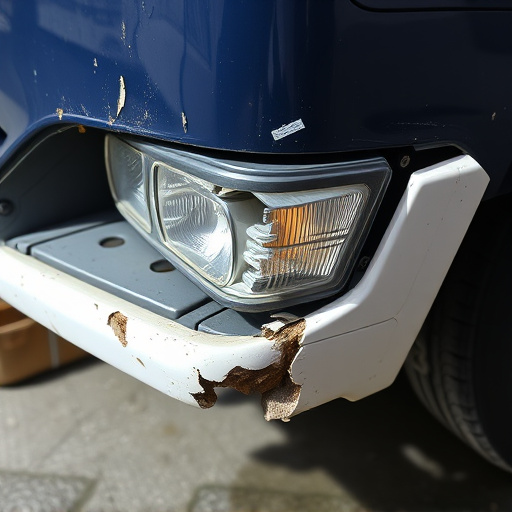
When it comes to Tesla accident repair standards, selecting the appropriate adhesives is paramount for ensuring structural integrity and long-lasting performance. Electric vehicles (EVs) like Teslas present unique challenges due to their advanced materials and sophisticated designs. Traditional automotive adhesives may not be suitable, as they could compromise the vehicle’s overall efficiency and safety features. Therefore, specialized adhesives optimized for EVs are essential, offering superior bonding strength while adhering to stringent environmental and safety regulations.
Choosing the right adhesive involves considering factors such as material compatibility, weather resistance, and electrical insulation properties. As EV technologies continue to evolve, so do adhesive formulations, allowing auto repair services and vehicle body shops to deliver high-quality repairs that meet Tesla’s rigorous standards. This precision in selection ensures not just a visually appealing car dent removal but also a reliable, safe, and efficient restoration of the vehicle’s structural integrity.
Ensuring Safety and Quality in Accident Repair Standards
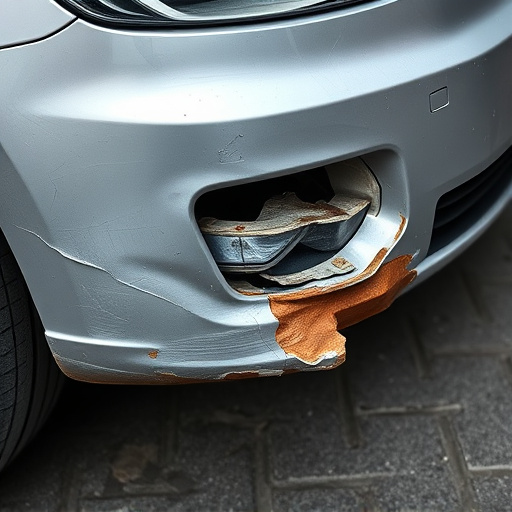
When it comes to Tesla accident repair standards, safety and quality are paramount. These high-tech vehicles require specialized knowledge and advanced techniques for successful repairs. Skilled technicians must be adept in both traditional welding methods and modern adhesive applications to ensure structural integrity and optimal performance. By adhering to stringent Tesla accident repair standards, certified vehicle repair services can guarantee the security and reliability of each restored car, providing peace of mind for owners navigating post-accident challenges.
Car bodywork services specializing in Tesla vehicles understand that precision is key. They employ state-of-the-art equipment and follow best practices for both vehicle restoration and accident repair. This commitment to excellence not only restores the aesthetics of damaged cars but also maintains their advanced systems and features, ensuring they meet Tesla’s high standards and perform as intended on the road.
Tesla accident repair standards demand cutting-edge welding and adhesive solutions to ensure safety, quality, and longevity. By adopting advanced welding techniques and selecting the right adhesives for electric vehicles, repair shops can meet these stringent requirements. This not only guarantees superior structural integrity but also preserves the performance and value of Tesla vehicles post-accident.
